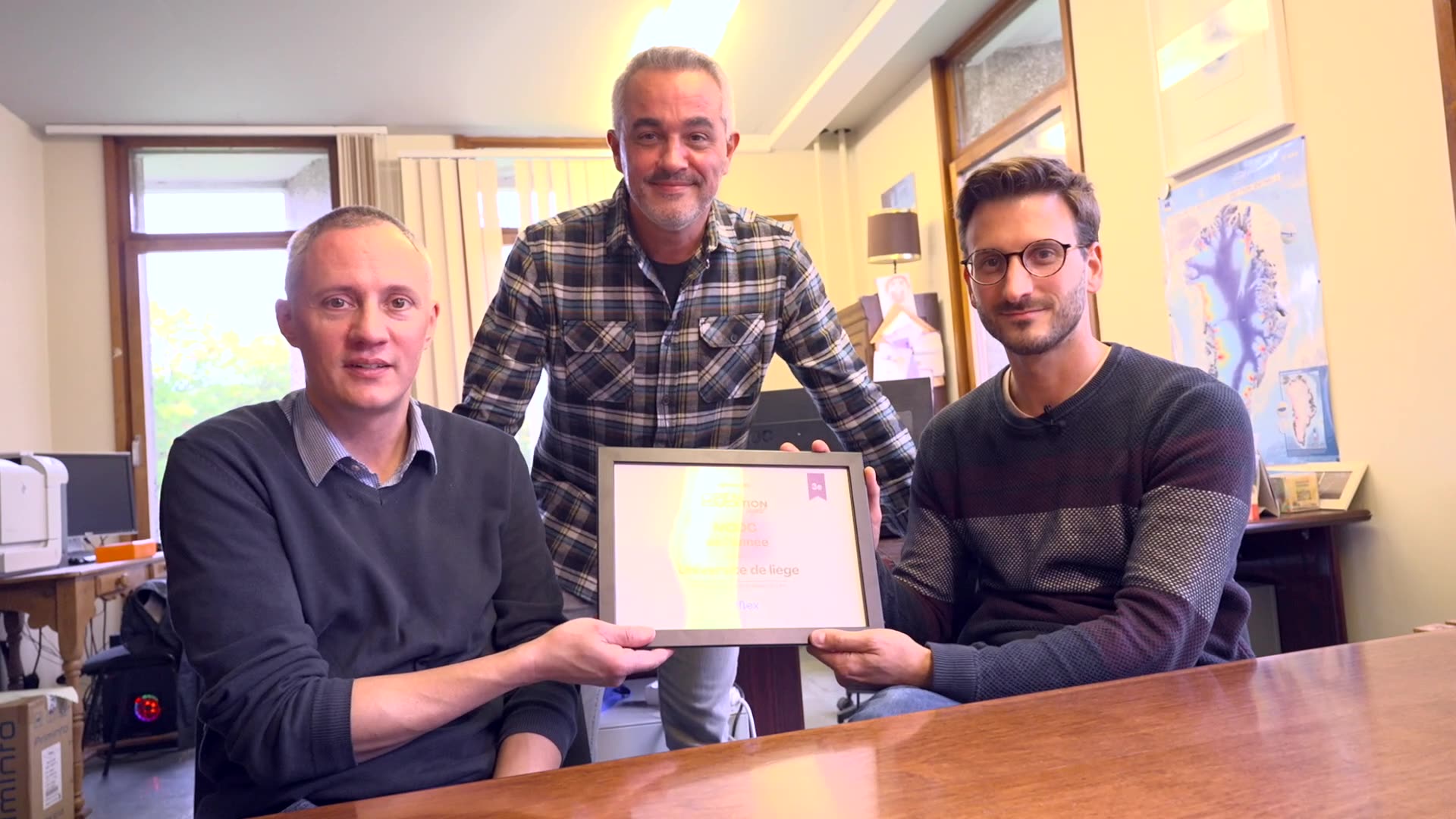
The City of Liège and the University of Liège work together to improve the digital management of urban areas
This project represents an innovative approach to urban planning and management. For example, it will enable the City of Liège to monitor tree planting as part of its Canopée plan.
















